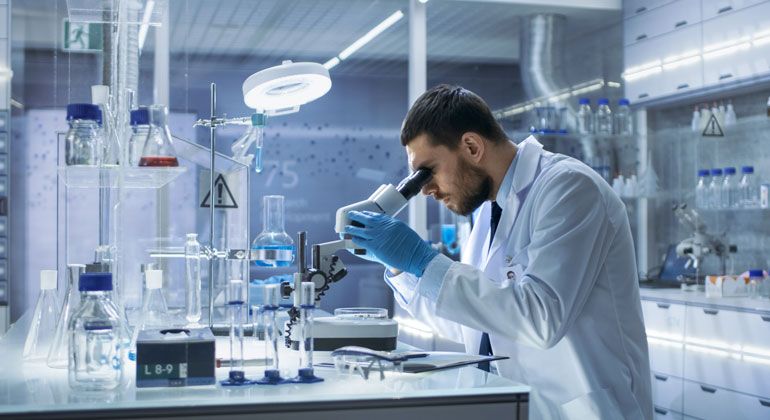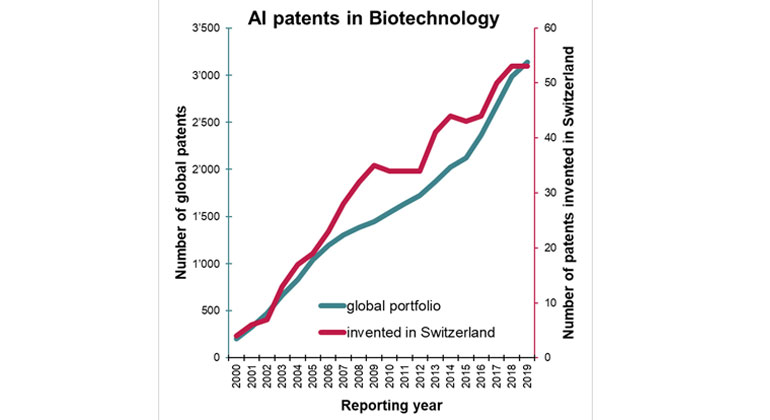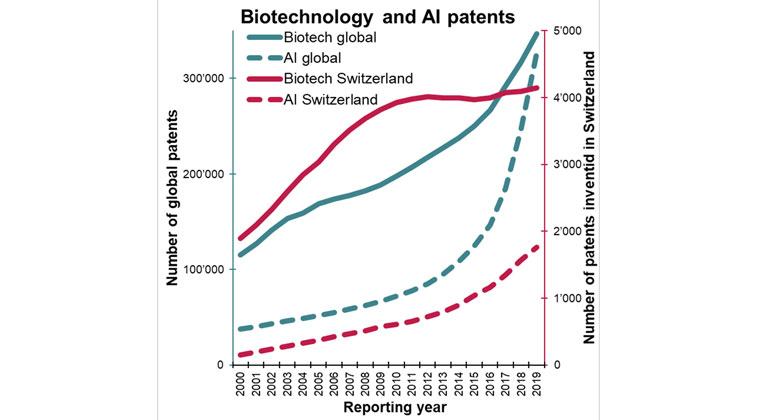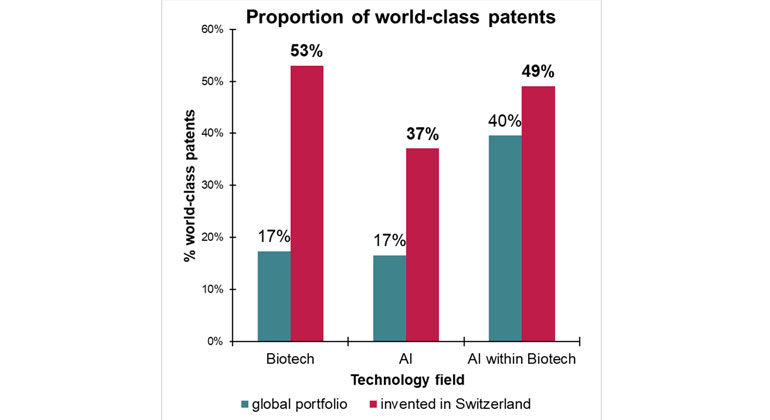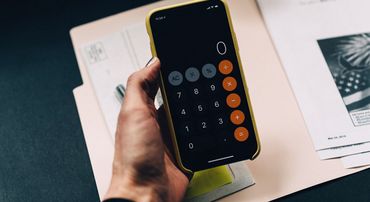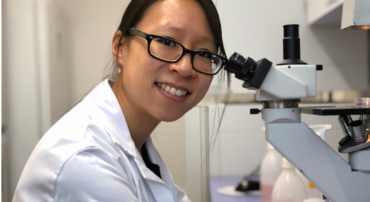During the past decade, the number of patents relating to AI has grown exponentially, as documented in recent reports from both the WIPO (World Intellectual Property Organization) and the UK’s Intellectual Property Organization (UK IPO.) Swiss AI patent volume is catching up with the slower growing biotech sector, reflecting a process of portfolio consolidation of the largest patent owners or big pharma.
The European Patent Office (EPO) defines a computer implemented invention (CII)1 as “one which involves the use of a computer, computer network or other programmable apparatus, where one or more features are realized wholly or partly by means of a computer program”.
The EPO defines Artificial Intelligence2 (AI) as “reasoning and decision-taking by machines rather than humans or animals”. AI often implies an iterative training process (machine learning), which enables a machine to adapt to a specific problem before being able to take adequate decisions or propose interpretations autonomously. AI and machine learning often appear as synonym terms in the patent literature.

